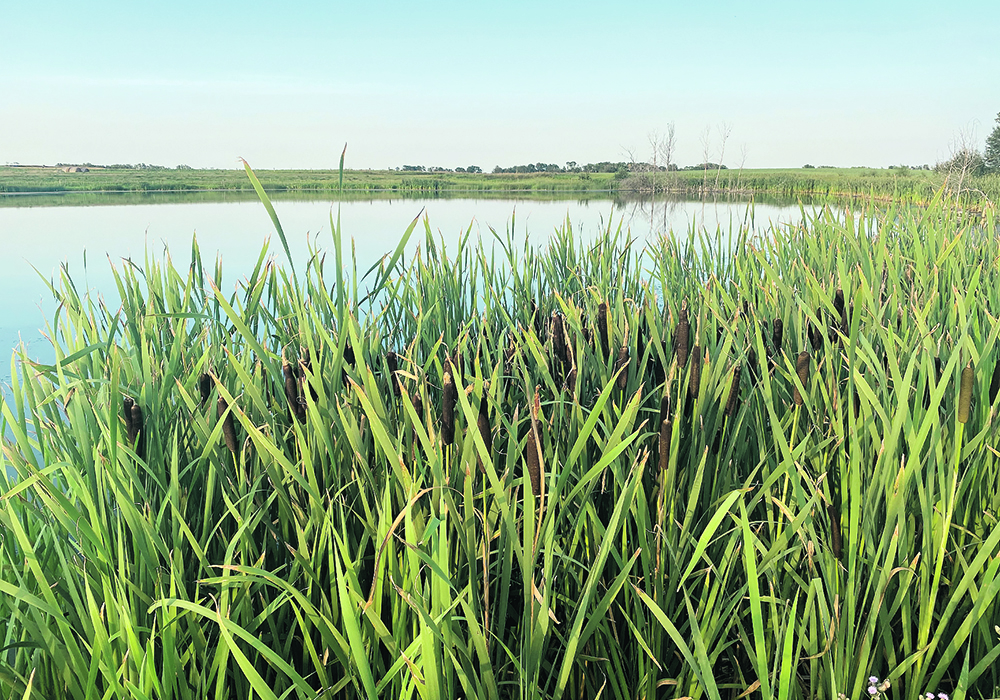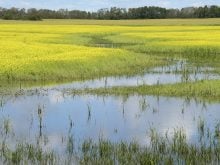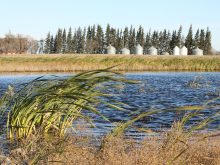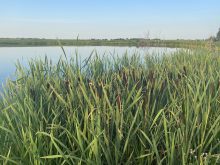Prairie weather has always tended to extremes, but now climate scientists are telling farmers to expect drier and longer droughts as well as more flooding in the years to come.
The challenge of balancing public versus private interest and town versus farm needs will be determined by the quality of our decisions about managing the water coming from precipitation and the glaciers west of the Plains.
Prairie life has made it through drought and flood for thousands of years, thanks to millions of small wetlands and their natural system of water management buffering the effects of extreme weather.
Read Also

Higher farmland taxes for investors could solve two problems
The highest education and health care land tax would be for landlords, including investment companies, with no family ties to the land.
Anyone who has lived here over the last few decades can tell you that those wetlands are nowhere near as numerous as they once were, and that farmers today are finding it necessary to fill them in or drain them away.
Any plan to manage wetlands well for a balance of agricultural interests and the values of climate adaptation — not to mention wildlife, groundwater resources, and nutrient filtration — has to start with a credible baseline inventory.
In Saskatchewan, however, the Water Security Agency has decided to put its thumb on the scales to create a baseline that will justify the drainage of half of the province’s remaining wetlands.
Earlier this spring, the WSA spent untold thousands of taxpayer dollars to launch a major ad campaign using the headline, “Did you know? 86% of Saskatchewan wetlands are undrained.”
Though they have refused to reveal the data model behind this stunning figure, agency staff have admitted that they included streams and rivers, dugouts, bulldozed but not drained wetlands and every low lying area on which farmers grow a crop in most years. It also appears that their data set may have excluded drainage before 1961 and after 2015.
For a reality check, we can turn to Canada’s wetland experts. Their studies estimate that Canada’s prairie pothole region has lost 40 to 70 per cent of its wetlands since settlement.
No matter what statistical smoke and mirrors the WSA uses in its inventory, you don’t have to be a water expert to see the results of wetland drainage in recent years: toxic algal blooms in our lakes and rivers, roads washed out by flooding, conflict between farm neighbours, reduced groundwater recharge and prairie wildness in retreat.
In public consultations, the WSA has admitted that the only wetlands that will not be eligible to drain are the protected ones on crown land as well as in hilly landscapes with poor soil where no one would bother draining.
These box-checking “consultations” and the WSA’s misleading ad campaign are intended to justify a policy that will legalize the draining of any wetlands that are drainable.
Farmers who will benefit from drainage will be happy. But to everyone else, it is a short-sighted policy based on government-sponsored disinformation — one that could result in two million more acres of our wetlands being destroyed, reducing their area to a mere five per cent of southern Saskatchewan.
A report sponsored by the WSA entitled “An Economic Threshold Analysis of Wetland Drainage in Saskatchewan” estimates that if this happens, the costs to the public will amount to $16.3 billion over 30 years.
Mismanagement of our water and wetlands will bring us that much closer to the tipping point where the desiccation of the prairie could become a catastrophe, crippling our capacity to grow food and handle drought, flood and fire as global warming hits the 1.5 C threshold.
There may be little we can do to stop alpine glaciers from disappearing, but, with some wise governance and policy, Saskatchewan still has a chance to save some of the wetlands that have for thousands of years made life on the prairie possible.
Trevor Herriot is a writer based in Regina.















